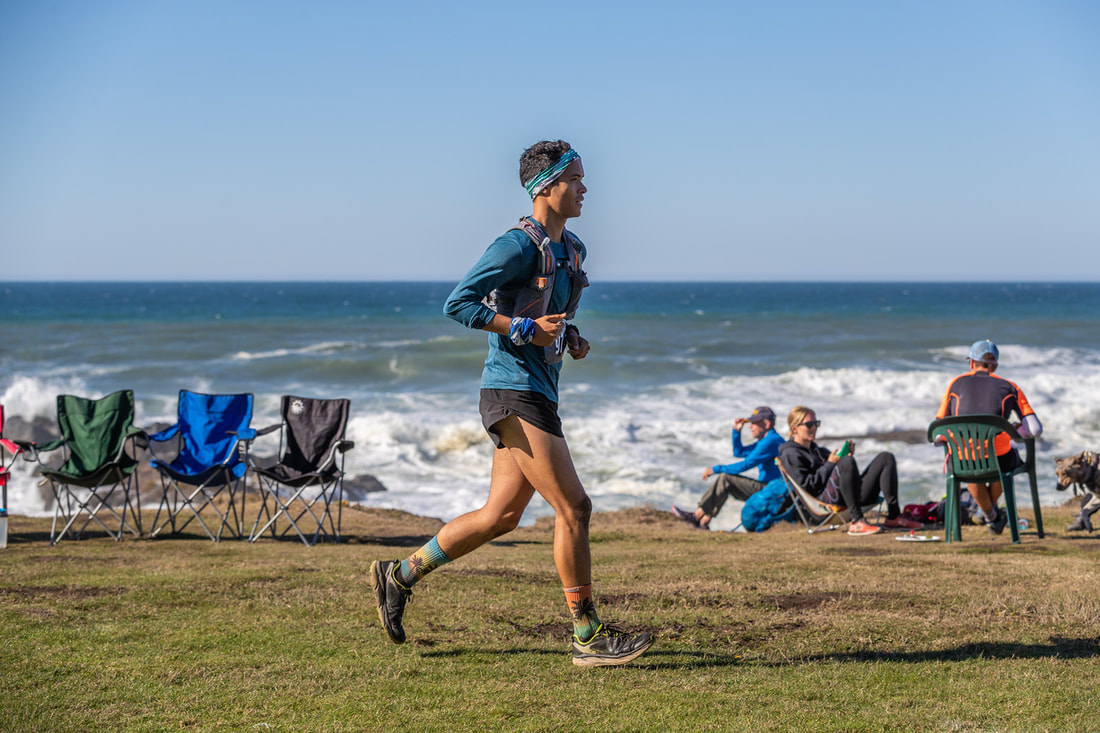|
Hau`oli makahiki hou (Happy New Year)! 2018 has come to a close and it was a year that brought along many opportunities, successes, and challenges that lay the foundation for 2019, which I hope to be just as promising a year as 2018. Here is a short recap of my year: SESYNC Graduate Pursuits: Coral Stories The National Socio-Environmental Synthesis Center (SESYNC) in Annapolis, MD is a NSF funded think-tank dedicated to addressing the world's pressing socio-environmental problems by supporting interdisciplinary research teams that design and implement research programs. One of the funding opportunities provided by SESYNC is a called the graduate pursuit. This program targets PhD students to self-select and self-design a research proposal for funding by SESYNC. I was fortunate enough to successfully co-lead a team of amazing and diverse students from around the world (we have international students and US students studying abroad) through the review process. Our project is trying to better understand if the way we talk about environmental systems in the media impacts the way we manage these systems. Our team is using coral reefs as our focal system and will be carrying out an analysis in three focal regions. Here is a description of our study. Also, be sure to follow our Twitter @CoralStories for updates on the project, as well as to keep up with all of the news and research our team finds interesting! Super Typhoon Yutu In October, Super Typhoon Yutu ravaged my home island of Saipan and the neighboring island, Tinian. Saipan and Tinian are hit by typhoons practically every year, but this was no ordinary storm. In a year that had both Hurricane Florence and Michael, this storm dwarfed both in terms of strength, but was a barely a blip on the radar when it comes to media coverage. It wasn't until days and weeks later that coverage from major US media outlets began to cover the storm and the plight of the people living there. Ironically, some of the stories were about how the media was NOT covering the storm. Despite all of that, the people of Saipan and Tinian displayed true grit and showed the resilience of island communities when faced with turmoil. Several of the diaspora from back home took to social media to do what we could for our home and its people. This activity led to a blog post I worked on with Alyssa Frederick (@paua_biologist) for the Union of Concerned Scientists, where we talk about the responsibility the scientific community has when it comes to using our power and privilege to speak up for the people who live in the places we study. 2019: bring on more challenges As I begin the new year, I hope for more challenges professionally and personally. I hope to struggle and have fun at the same time. This photo of me as I'm about to cross the finish at my first 50 km race in 2018 sums up how I hope next year works out - a lot of big climbs, but still able to cross the finish line!  Coverage of Super Typhoon Yutu by grist, Vox, Washington Post, and the Atlantic. A satellite image of Super Typhoon Yutu. Himawari-8/NICT Japan Photo courtesy of Vox.
0 Comments
Leave a Reply. |
Steven M. Johnson
Aloha and Hafa Adai! I'm an Assistant Professor at Cornell University. As a researcher and knowledge enthusiast, I enjoy learning about social-ecological systems, the ocean, and the people who rely on it. Archives
April 2022
Categories |
Location
|
|

 RSS Feed
RSS Feed